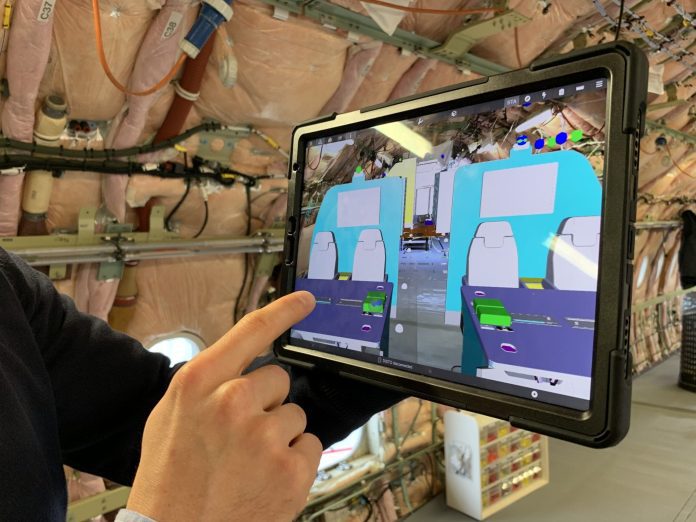About $32 billion will be spent on industrial IoT platforms for smart manufacturing by 2025, and the number of industrial AR connections will surge by 57 percent per year in the period to 20.9 million in 2025. So says market advisory firm ABI Research, which has released a whole pile of short-form digital-change projections for the year ahead, described as “tea leaves… [in] the fortune teller’s cup”.
The firm has noted a number of other major trends in the industrial and manufacturing sectors. These include significant jumps in deployments of augmented reality (AR) and smart glasses, industrial and collaborative robotics – and connected cows, of all things.
Stuart Carlaw, chief research officer at ABI, commented: “We are at the beginnings of a massive technological evolution and these forecasts are… tea leaves at the bottom of the fortune teller’s cup. They are easy to dismiss but are very important directional indicators of the technology-enabled world of the future.”
For its purposes, ABI defines industrial IoT platforms as ‘application enablement platforms’ (AEPs), affording a solution to the industrial sector to import data from IoT-based sensors devices into a single dashboard. Last week, analyst firm Gartner counted off the top industrial IoT platform providers, placing the likes of PTC (ThingWorx), Hitachi (Lumada), Microsoft (Azure IoT), Software AG (Cumulocity), and AWS (AWS IoT) at the top of the table.
For its part, ABI does not make any reference to the 2020 spend on AEPs, as a comparative measure for platform spending in its 2021-predictions. A year ago, it said the notion the industrial IoT platform market will consolidate is wrongheaded – just because new platforms emerge as quickly as old ones are acquired or vanished.
But it runs the rule, briefly, over some of the subtleties within the discipline, noting the offers by the likes of Siemens (with MindSphere, based on Cumulocity), PTC, and Emerson (Plantweb). Most AEPs, it said, work like an operating system (OS) with an app store to take data from devices, with some more focused on delivering data to the cloud, and others more focused on distributing it to other manufacturing and enterprise systems.
The forecast growth in spending is down to the surge in connected industrial ‘things’, including smart glasses to render AR scenarios. The number of industrial AR connections will grow from 1.4 million in 2019 to 20.9 million in 2025, at a compound annual growth rate (CAGR) of 57 percent, said ABI.
“Solutions based on AR are fast becoming a mainstream technology on the factory floor,” said Michael Larner, principal analyst at ABI Research.
Autonomous mobile robots (AMRs) are becoming increasingly popular, too, through improvements in sensors, algorithms, and processing. By 2025, AMRs will exceed automated guided vehicles (AGVs) in global revenue, worth $35.3 billion, compared with $30.5 billion, the firm said.
Meanwhile, by 2026, the company reckons the number of connected cows will reach 60 million globally, providing cattle ranchers greater visibility into cattle activity and health. Research analyst Harriet Sumnall said: “2020 has been a turning point for several verticals, but with the year that saw most of the world in a lockdown due to the pandemic, the agricultural market has seen huge pressure to produce more food.”

